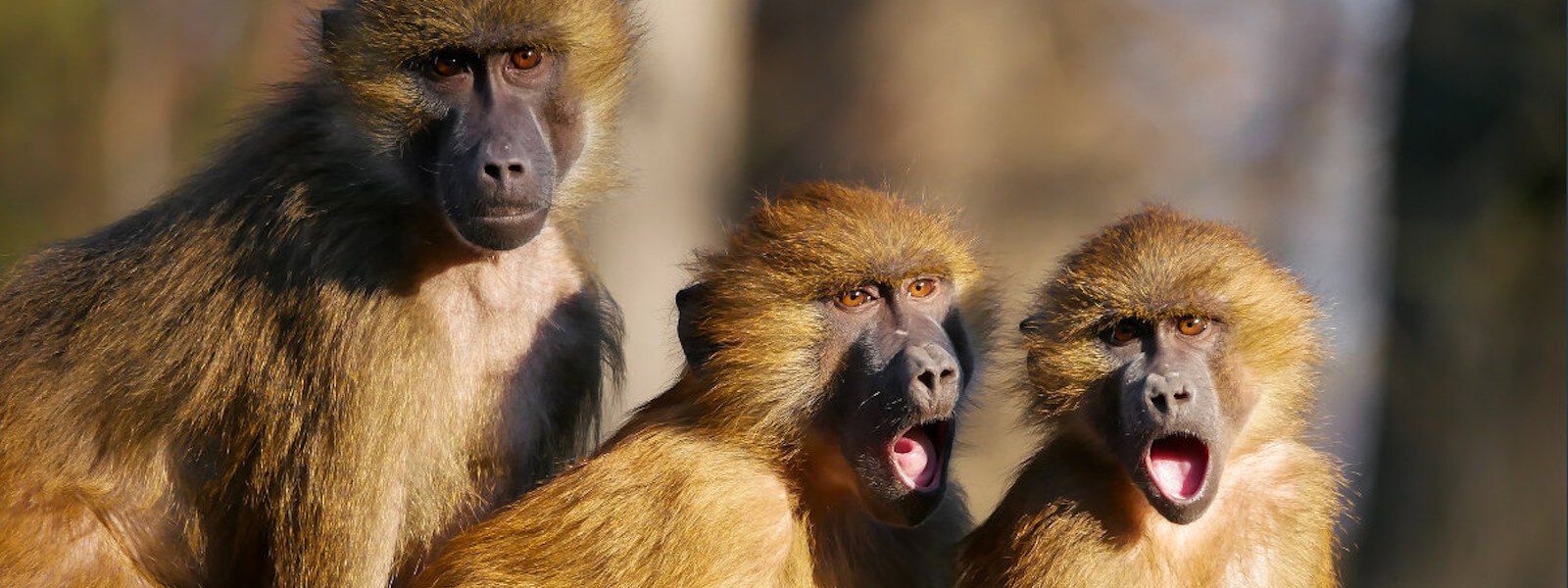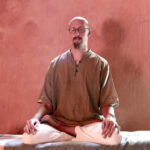The three perceptions are a way to observe phenomena arising within consciousness in terms of three characteristics. The more we are able to see through into the reality of our experiences, the more we will discover these three “marks”. Upon discovering them, we go through a gradual process of release that leads inward to unshakeable peace.
Putting the Mind on a Tripod
In order to see clearly into the nature of appearances we need to first still the observer. If the observing quality of our mind is not still you won’t be able to take a clear picture of what’s going on. It’s like when you want to take a nice picture of a city skyline in the dark. You need a good camera lens and it should be resting on a tripod. If our attention moves around a lot we won’t be able to see and understand ourselves clearly.
That’s why we still the mind by meditating on the breath first. There’s many ways to still the mind and most of the available traditional techniques are completely valid. Once the mind is on a tripod we can proceed to look at the various experiences that arise and pass from a perspective of calm detachment. This will help us to see right through our thoughts, emotions and feelings. Remember: a still mind empowers the knowing quality/awareness.
Anicca – The Mark of Impermanence
Once the observing or knowing quality of the mind has been stilled you will notice that everything that arises within it also passes. That’s the first perception. You see into the characteristic of impermanence, also known as anicca. All conditions are processes, momentary and fleeting. Nothing lasts. Life leads to death, inhalation changes into exhalation and goodness turns bad eventually. All things change continually, all is in a state of flux or vibration.
The duality existing in this world demands that all phenomena keep spinning and turning around infinitely. Energy is eternally in motion. The key to observing things arise and pass within consciousness is to focus on the present moment. Observe all experiences in terms of momentary changes. Feelings continuously move, thoughts change from word to word, from image to image. Emotions aren’t stable and all that arises as an experience must change and eventually pass.
Dukkha – The Mark of Unsatisfactoriness
Dukkha – often translated as suffering or unsatisfactoriness – points to the underlying stress and tension within our being. The continuous urge to move, to be different, to get somewhere, get rid of something, have this or that, trying, striving, pushing or pulling. In short: A sneaky sense of being unsatisfied with what is. Our entire history is based on human beings perpetually being unsatisfied with the way it is.
Feeling a sense of unease at the root of our being we search outside and around ourselves for solutions. We change things, people, places and times just in order to feel a short sense of relief. We leave behind a trail of pollution, bloodshed and inequality while continuously trying the same thing: To be happy, comfortable and at ease. The problem is that whatever we do never lasts and always turns into another problem at some point. Seeing through impermanence will reveal our tendency to grasp at stuff that doesn’t last in order to find lasting satisfaction as completely absurd.
Anatta – The Mark of Not-Self
As the Buddha famously said: “All phenomena are not self.” But what does this mean? In short it means that not one thing in this vast universe is “me” or “mine”, really. Now what does the universe actually consist of? Well, there’s atoms or energy on one hand and consciousness on the other – matter and mind. You could also say that there’s matter, uncomposed space, mental content and the space of consciousness. All phenomena are experienced on the basis of consciousness. And this is a fact that can be experienced by everybody, regardless of their belief systems.
Observing all conditioned objects arise and pass consistently we will come to the conclusion that true, lasting peace can’t be found by accumulating illusionary and fleeting content. Furthermore we will slowly realize that the observer of content cannot be the content. And since whatever is observed doesn’t last and is conditioned by other conditions we can’t speak of ownership either. This is essentially about finding out that we are neither a body nor a conditioned mind nor anything else that is based on the laws mentioned above.
Why we cultivate the Three Perceptions
All three perception are liberating us from stress and wrong views. They function as a gradual path of release. A path of happiness and bliss – not a dreadful path at all! Since what we are all looking for is relaxation/happiness/comfort and the end of stress/suffering/discomfort it would be a skillful thing to use a method that actually works in a reliable way. True happiness and ease are already at the core of our being but we are conditioned to look outside for it.
The method of breaking through to clear-seeing (Vipassana) gives us exactly that: A reliable source of true happiness and a direct path to the end of stress. It’s different from most methods in that it relies entirely on properly comprehending reality rather than manipulating it to ones advantage. To give you an example: If you were in a nightmare and a monster chases you, you have a few options. You could run, you could fight or you could realize that you are dreaming. Changing our environment (and this includes emotions and thoughts) in order to find reliable happiness is like running around or fighting in our dream. True peace comes with the realization that we are dreaming.




